Karl Schmalz and Norman Kaderlan were in the room where it happened: the unusual start to the Central Texas Alliance, one of the most dynamic local groups in Braver Angels.
It was 2018 when 11 strangers gathered in Steve Saltwick’s living room in Austin, Texas.
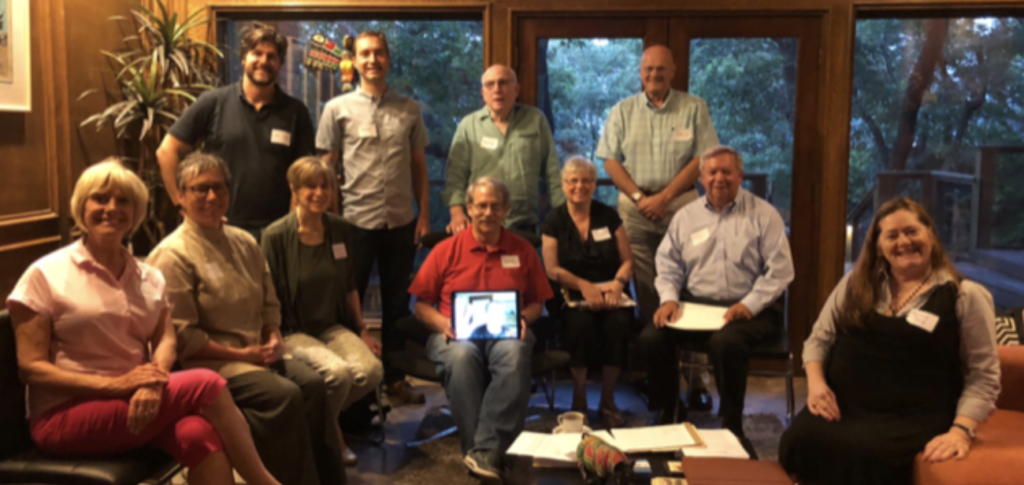
It was 2018 when 11 strangers gathered in Steve Saltwick’s living room in Austin, Texas. They were identified by Rob Robertson, a Braver Angels representative, as people in the Austin area who might be interested in bridging the political divide in Texas.
Little did Karl and Norman know, after Steve and Mike Seay stepped down as the alliance co-chairs, they’d be the next leaders of this growing group.
Karl’s wife, who doesn’t share his conservative political perspective, was the catalyst for him to join the initial meeting in 2018. “I was a bit reluctant,” he said. But with her encouragement, he decided to give it a try. It was an “offer he couldn’t refuse,” Norman said with a laugh.
Norman, a liberal, had heard of Braver Angels before the meeting and was interested in getting involved as a moderator. However, neither of them knew Steve or Mike before their fateful gathering.
Today, the Central Texas Alliance is led by the two men: Karl, as the Red Chair, and Norman, as the Blue Chair. Through their leadership, they’ve amassed a subscriber base of 1,500 people, many of whom don’t even live in Texas. During the pandemic, the transition to virtual events allowed the alliance to reach an even broader audience. In 2021, the Central Texas Alliance organized 90 events, averaging seven or eight a month.
The key to the Central Texas Alliance’s success is its flexibility. “We try to be responsive and meet our members’ needs,” Norman said. “That’s how we keep people engaged.” And they’re always brainstorming ways to reach out.
Beyond organizing official alliance meetings and national workshops, the Central Texas Alliance has a check-in called “How Ya’ Doing?”, town hall-style debates, informal coffee and conversations, and “Beyond Politics” events, so they can get to know each other on a more personal level.
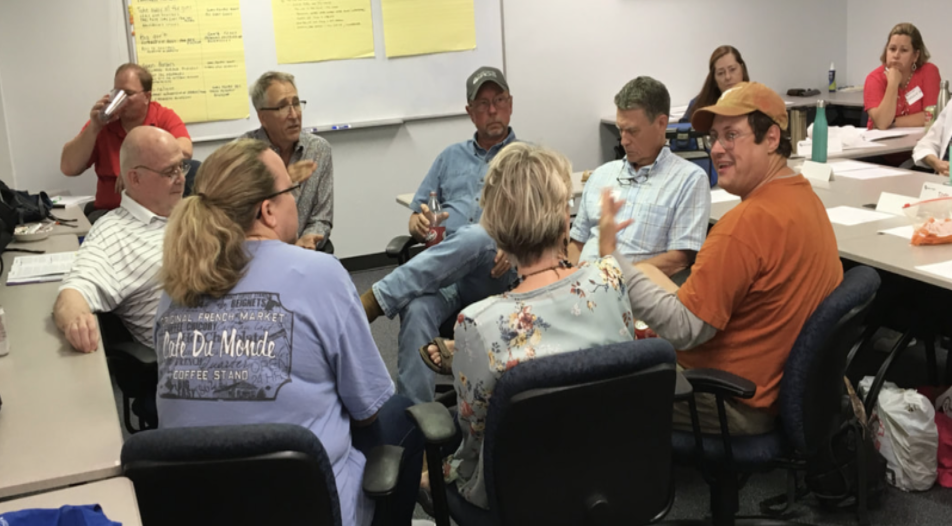
Beyond organizing official alliance meetings and national workshops, the Central Texas Alliance has a check-in called “How Ya’ Doing?”, town hall-style debates, informal coffee and conversations, and “Beyond Politics” events, so they can get to know each other on a more personal level. They also have a group that meets every few weeks to read and discuss a section of the Constitution together.
Many of these meet-ups are driven by requests from their members, but they’ll also keep a pulse on what other alliances are doing. “We’ll ‘steal’ from the best,” Norman said.
The Central Texas Alliance events are in service of their two-part mission: to introduce more Central Texans to the Braver Angels process of depolarization and to work together to solve real problems.
This mission is powered by their ability to bring people together and forge meaningful relationships. Upon meeting each other, Norman said members from either side of the political spectrum are often pleasantly surprised, asking one another: “How representative are you of Red or Blue? Are there more like you?”
Since Central Texas makes up the region surrounding Austin – a “Blue Oasis” in a Red border state – Karl said this alliance has a unique opportunity to disrupt biases, proving neither Blues nor Reds are homogeneous.
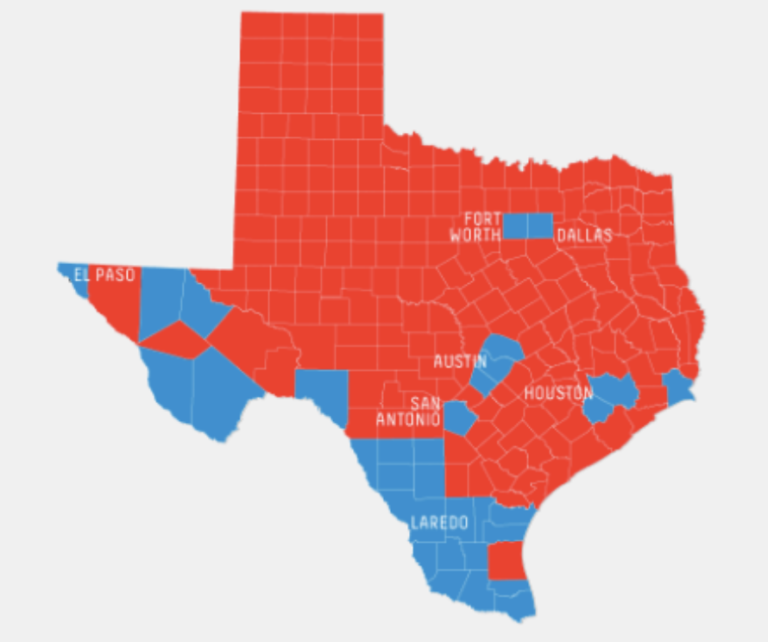
Since Central Texas makes up the region surrounding Austin – a “Blue Oasis” in a Red border state – Karl said this alliance has a unique opportunity to disrupt biases, proving neither Blues nor Reds are homogeneous. “People come to realize their perception of the other side isn’t accurate,” Norman added. “There are people outside of the extreme.”
Even those who position themselves firmly on the farthest end of the political spectrum can create cross-partisan connections. One Central Texas Alliance member – who labels himself with “RRR” for his steadfast commitment to being a “ruby Red” – has discovered a friendship with a Red-turned-Purple member who lives on the West Coast. “We can help create relationships whether we are involved in them or not,” Karl said.
The strength of these bonds start at the top; after speaking with Karl and Norman, it’s clear how much they value each other’s opinions, no matter how much they differ. “Norman’s pretty Blue – he has some strong viewpoints and is not shy to express them,” Karl said. “But he does it well and respectfully.”
Karl joked their differences are most starkly represented when they refer to “The Times”: to him, it means the conservative newspaper The Washington Times, to Norman, it means the more liberal New York Times.
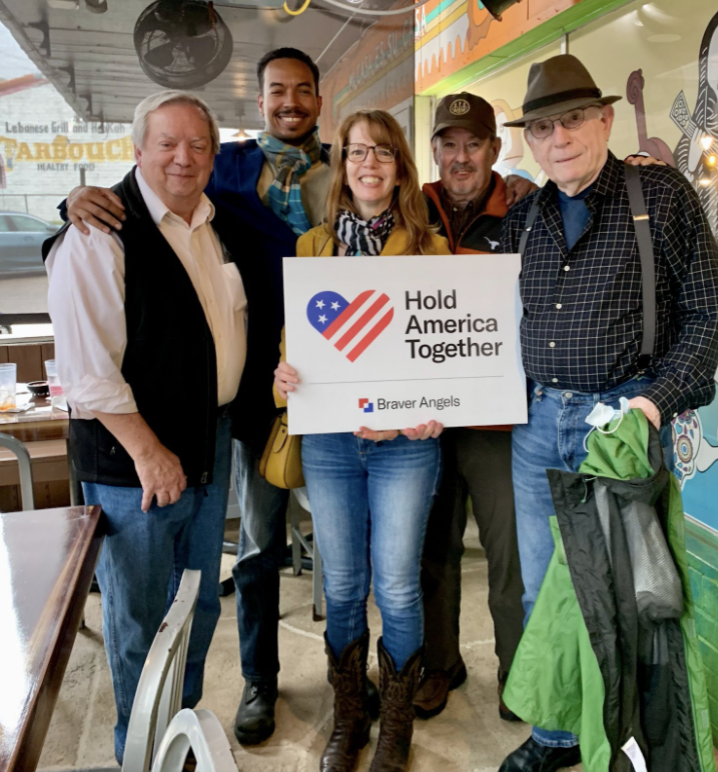
Karl joked their differences are most starkly represented when they refer to “The Times”: to him, it means the conservative newspaper The Washington Times, to Norman, it means the more liberal New York Times. Still, they’re able to talk across the political and media divide. “We never would’ve encountered each other in our ordinary lives and we have very different perspectives, but we have trust,” Norman said.
This trust has trickled down into their programming, creating hope for even first-time participants. After a Red/Blue Workshop with students in the summer of 2020, one young Red wrote:
“It is one thing to put aside difficult conversations about politics, religion, or morality and engage with people in a compassionate and polite way. It is quite another to say what we really think about things that are dear to our hearts, controversial, and highly sensitive, while being truly open… This is something that I have had such a longing to really learn how to do and Braver Angels seems to offer such a great atmosphere to practice this important kind of human engagement.”
“Internally, I have a pendulum that swings from hope to despair,” Norman said. “I find that every time I encounter a Braver Angels event, it moves toward hope, and I think a lot of people feel that way.”
Four years after their initial meeting, this alliance is as it began: A group of strangers-turned-friends working together across differences to bridge the divide during this time in American history.
For more information on Braver Angels alliances and how to get involved, go to this link. To learn more about the Central Texas alliance in particular, go to this link. To suggest more stories I could report from the Braver Angels community, send me a note at gtimmis@braverangels.org.
— Gabriella Timmis, Braver Angels Field Reporter

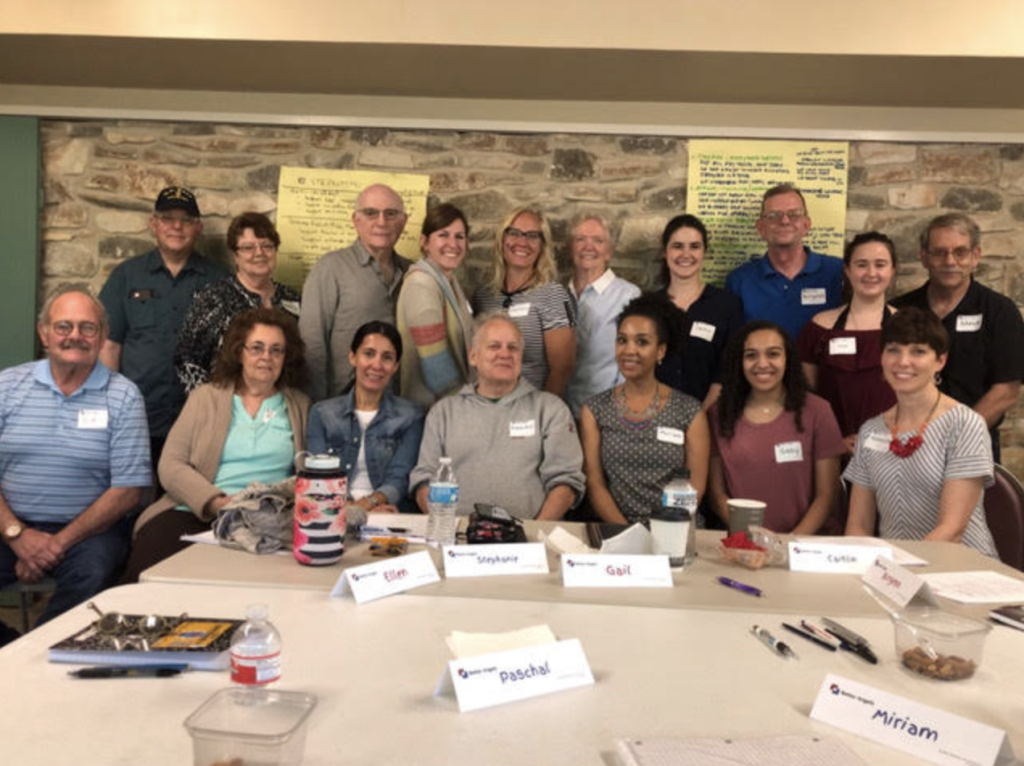
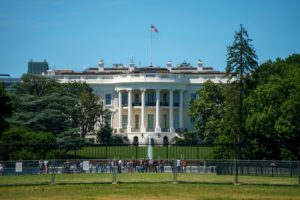


1 thought on “From 11 to 1,500: How a Braver Angels Alliance expanded its reach and made a national impact”
Terrific and inspiring story that will be useful to our Denver Alliance as we build our strategy and capacity to engage Coloradans in depolarization.